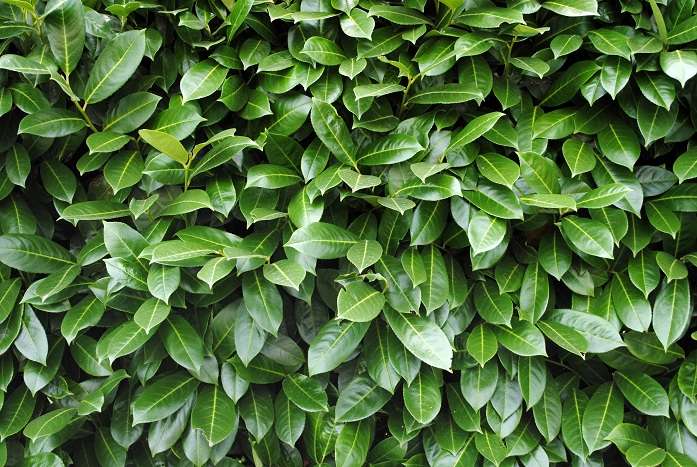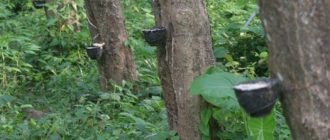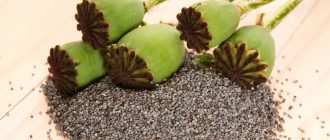When is a laurel not a laurel? Portuguese laurel tree hedges may provide the answer. Read on for more facts & information…
Prunus lusitanica is more commonly called the Portuguese laurel tree. Although it is referred to as a tree it is often planted as an evergreen shrub or hedge. It is not a true laurel at all but is, instead, a species of cherry. This plant’s misidentification as member of the laurel family may be explained in part by the fact that it is a true evergreen − unlike any other member of the cherry family.
Its height varies from 3 meters to 15 meters (10 to 30 feet) tall. The epithet that forms part of its scientific name is, of course, a reflection of the Ancient Roman name for Portugal, Lusitania. Prunus lusitanica is actually native to southwestern France, Spain, Portugal, Morocco, and Macaronesia (the Azores, Canary Islands and Madeira). Three subspecies are, in fact, accepted: Prunus lusitanica subsp. lusitanica. Mainland Europe, Prunus lusitanica subsp. azorica (Mouill.) Franco. Azores, Prunus lusitanica subsp. hixa (Willd.) Franco. Canary Islands, Madeira, Morocco. Prunus lusitanica subsp. lusitanica is quite possibly endangered, with the only confirmed native location being discovered in Basque France, in the Vallée des Aldudes. Interestingly this subspecies is also fully naturalized in New Zealand where, however, it is regarded as an exotic weed.
Nowadays the plant is not often found growing in the wild. Its preference is for areas with abundant sunshine and moist but well-drained soils. It frequently occurs in mountainous terrain along stream beds. It is known to be moderately drought-tolerant. Reproduction can occur either sexually or asexually by cloning.
The Portuguese laurel can begin its tenure in a garden as an attractive shrub and eventually develop into a large, shapely tree if left to mature naturally. The laurel’s leaves are a deep shade of green above and lighter underneath, although reddish when the plant is young and on red stalks. Leaves are alternate, oval, 7 to 12 cm long and 3 to 5 cm broad, with an acute apex and a dentate margin.
In late spring or early summer white flowers appear whose scent is reminiscent of hawthorn. Its fruit tastes extremely bitter and is for all intents and purposes inedible and is considered to be toxic, although this is widely disputed. In hedge form the plant will fruit or flower but rarely. Portugal laurel cherries are often left on their branches as bird-attractants. The birds seem to avoid eating the fruit until it is fully ripened. Toxicity in the leaves of the plant is beyond dispute since the leaves contain cyanide which is released if the leaves are crushed or burned.
Portuguese laurel is considered hardier than its botanical cousin the cherry laurel and more suitable as the basis of a hedge in that it is more tolerant of being clipped into various shapes.





